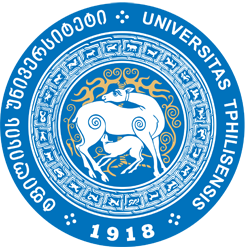The Fourth International Conference
"MODERN PROBLEMS IN APPLIED MATHEMATICS"
Dedicated to the 105th Anniversary of I.Javakhishvili Tbilisi State University (TSU)
& 55th Anniversary of I.Vekua Institute of Applied Mathematics (VIAM)
Invited Speakers
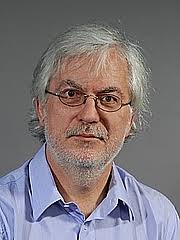
Holm Altenbach, Otto-von-Guericke-Universitat Magdeburg.
Variational principles in coupled strain gradient elasticity
Abstract: Strain gradient elasticity is a special case of high-gradient theories where the potential energy density depends on the first and second gradients of displacements. The presence of a coupling term in the equation for the stain and strain gradient energy density leads to a non-diagonal quadratic form of the stored energy and makes it difficult for the derivation of fundamental theorems. In this presentation, two variational principles of the minimum of potential and complementary energies are argued in the context of the coupled strain gradient elasticity theory. The basis of the proofs of both variational principles is the equivalent transformation of the stain and strain gradient energy density that allows to avoid the complication related to the presence of the fifth-rank coupling tensor C5 in the equation for the potential energy density and leads to diagonalization of the quadratic form of the stored energy. This transformation enables to inverse Hooke's law, to determine compliance tensors, and to obtain closed-form relation for complementary energy. After that, the proofs of both principles of a minimum of potential and complementary energies are provided in the usual manner adopted in the classical theory of elasticity.
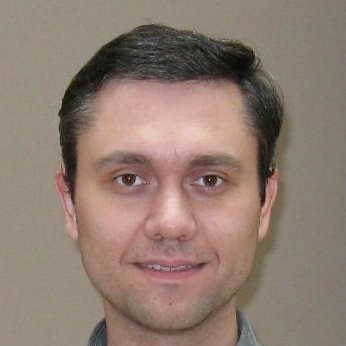
Gia Avalishvili, Faculty of Exact and Natural Sciences, I. Javakhishvili Tbilisi State University.
On Nonclassical Dynamic Two-dimensional Models for Thermoelastic Shells with Three Phase-lags
Abstract: In the present paper, we consider the dynamic three-dimensional model for general thermoe-lastic shells with variable thickness, which may vanish on a part of the lateral boundary, within the framework of the nonclassical theory of thermoelasticity with three phase-lags that was proposed by Roy Choudhuri, where the classical Fourier law of heat conduction is replaced by an approximation of a generalization that depends on three relaxation times, which are phase-lags of heat flux, temperature gradient, and thermal displacement gradient. By applying the variational approach we investigate the initial-boundary value problem with mixed boundary conditions corresponding to the dynamic model for thermoelastic shells consisting of inhomogeneous anisotropic material in curvilinear coordinates, where the density of surface force and heat flux along the outward normal vector of the boundary are given on certain parts of the boundary, and on the corresponding remaining parts of the boundary displacement and temperature vanish. We construct nonclassical dynamic two-dimensional models for the thermoelastic shells by using the variational approach for implementation of the dimensional reduction idea proposed by I. Vekua in the classical theory of elasticity for plates with variable thickness. For the initial-boundary value problems corresponding to the constructed two-dimensional models, we investigate the existence and uniqueness of solutions in suitable spaces of vector-valued distribution with respect to the time variable with values in weighted Sobolev spaces. Moreover, we study the relationship between the obtained two-dimensional and the original three-dimensional models and prove that the sequence of vector-functions of three space variables restored from the solutions of the two-dimensional problems converges in the corresponding spaces to the exact solution of the three-dimensional initial-boundary value problem and under additional regularity conditions we estimate the rate of convergence.
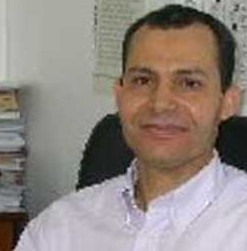
Ayech Benjeddou, Institut Supérieur d’Aéronautique et d’Espace (ISAE)/Institut Supérieur de Mécanique de Paris (SUPMECA), Saint Ouen, France. Simulation in mechanical design & ROBERVAL (Mechanics, Energy & Electricity) research unit (RU) of Sorbonne University Alliance (SUA)/Université de Technologie de Compiègne (UTC), Compiègne, France. Materials & structures with integrated functions.
Nonlinear frequency- and field-dependent operational non-linearities of soft piezoceramics d15 shear response-mode
Abstract: This plenary lecture investigates the non-resonant driving frequency- and AC electric field-dependent operational non-linearities of the thickness-shear strain piezoelectric coupling coefficient (d15) of poled soft piezoceramic rectangular patches. Therefore, after an introduction on the operational field-dependent non-linearity (FDNL) and the transverse shear actuation mechanism (SAM), an experimental database is analyzed for varying driving frequency (10Hz-1kHz) under fixed input (actuation) voltages in order to find a threshold frequency from which there is no frequency-dependence and, for varying input voltages (20V-400V) under a fixed driving frequency, a threshold voltage from which there is no field-dependence is searched. Then, the Levenberg-Marquardt-Fletcher algorithm is adapted and implemented in order to optimize two-parameter additive and multiplicative power laws for modelling the FDNL of soft piezoceramics. It is found that, while the additive power law is slower than the multiplicative one, they perform similarly for wide ranges of driving frequency (200Hz-1kHz) and actuation voltage (100V-400V). Besides, their two parameters are found to be frequency-dependent.
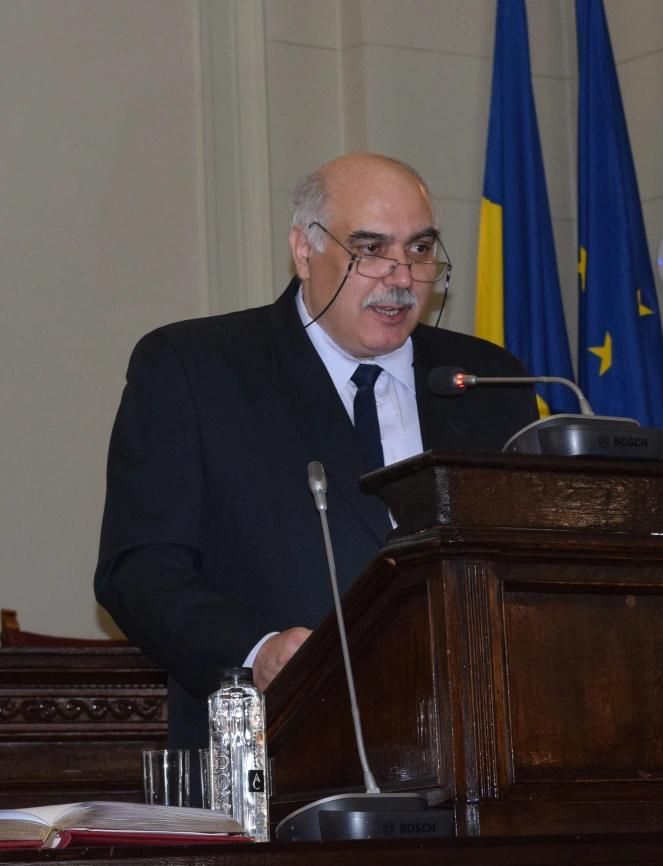
Lucian Beznea, Simion Stoilow Institute of Mathematics of the Romanian Academy.
Multiplicative L^p-semigroups and continuous flows
Abstract: We prove a continuity property for a right continuous flow in a convenient topology. We show that a Markovian multiplicative semigroup on an L^p space is generated by a continuous flow. The talk is based on a joint work with Mounir Bezzarga (Tunis) and Iulian Cimpean (Bucharest).

Alberto Cialdea, University Basilicata.
The functional dissipativity of certain systems of partial differential equations
Abstract: In this talk I present some recent results obtained with Vladimir Mazya concerning the functional dissipativity of some partial differential operators. This is a new concept of dissipativity which extends the notion of L^p-dissipativity. We remark that the class of operators whose principal part is strictly L^p-dissipative coincides with the class of the so called p-elliptic operators, which was recently considered by several authors. We shall focus in particular on systems, where different concept of ellipticity arise.
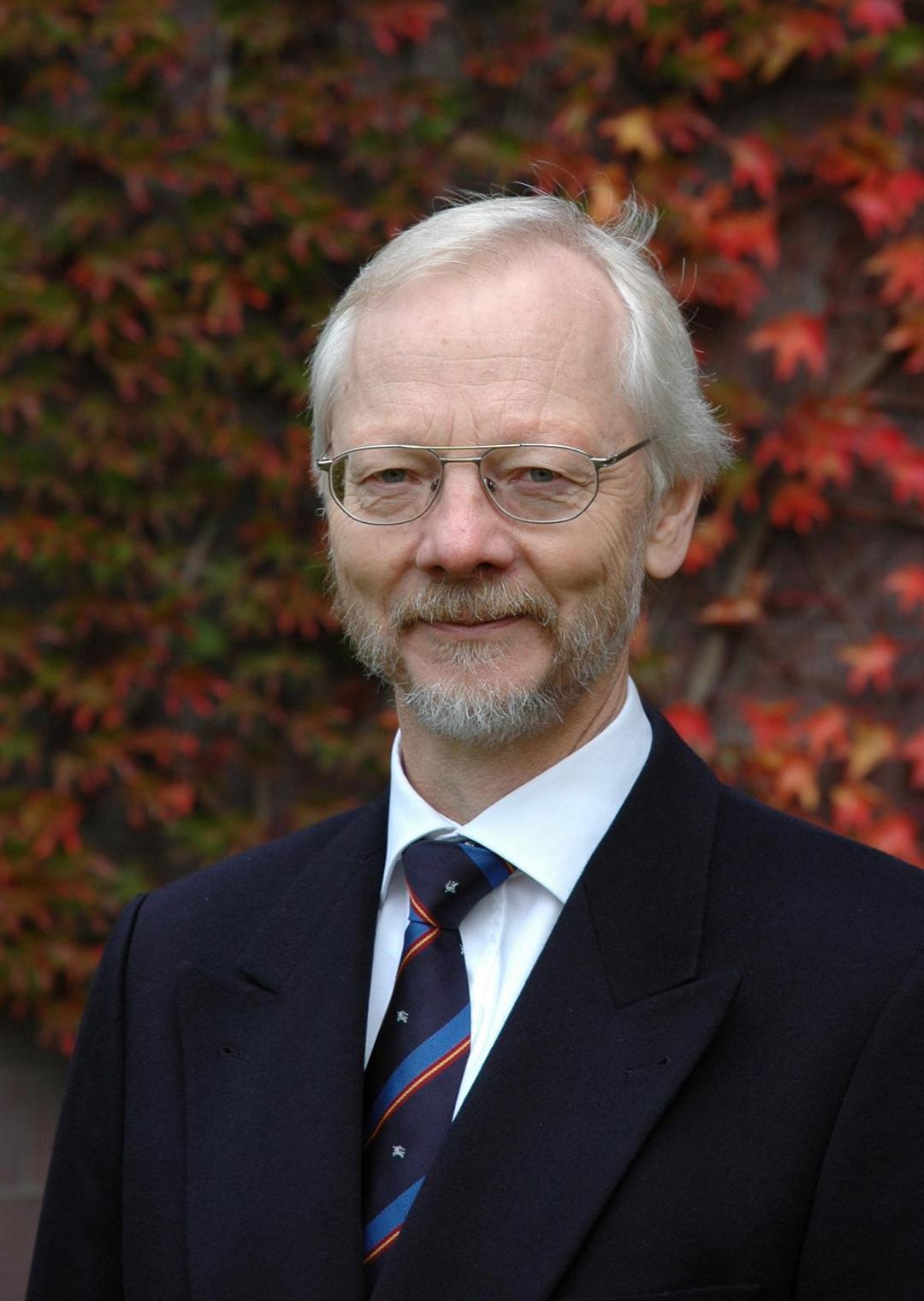
Reinhold Kienzler, University of Bremen.
Dimension reduction in elasticity
Abstract: Consistent two- and one-dimensional theories are derived by the combination of the uniform-approximation method with the pseudo-reduction technique. Well-known theories are obtained from the three-dimensional theory of elasticity without any a priori assumptions or correction factors.
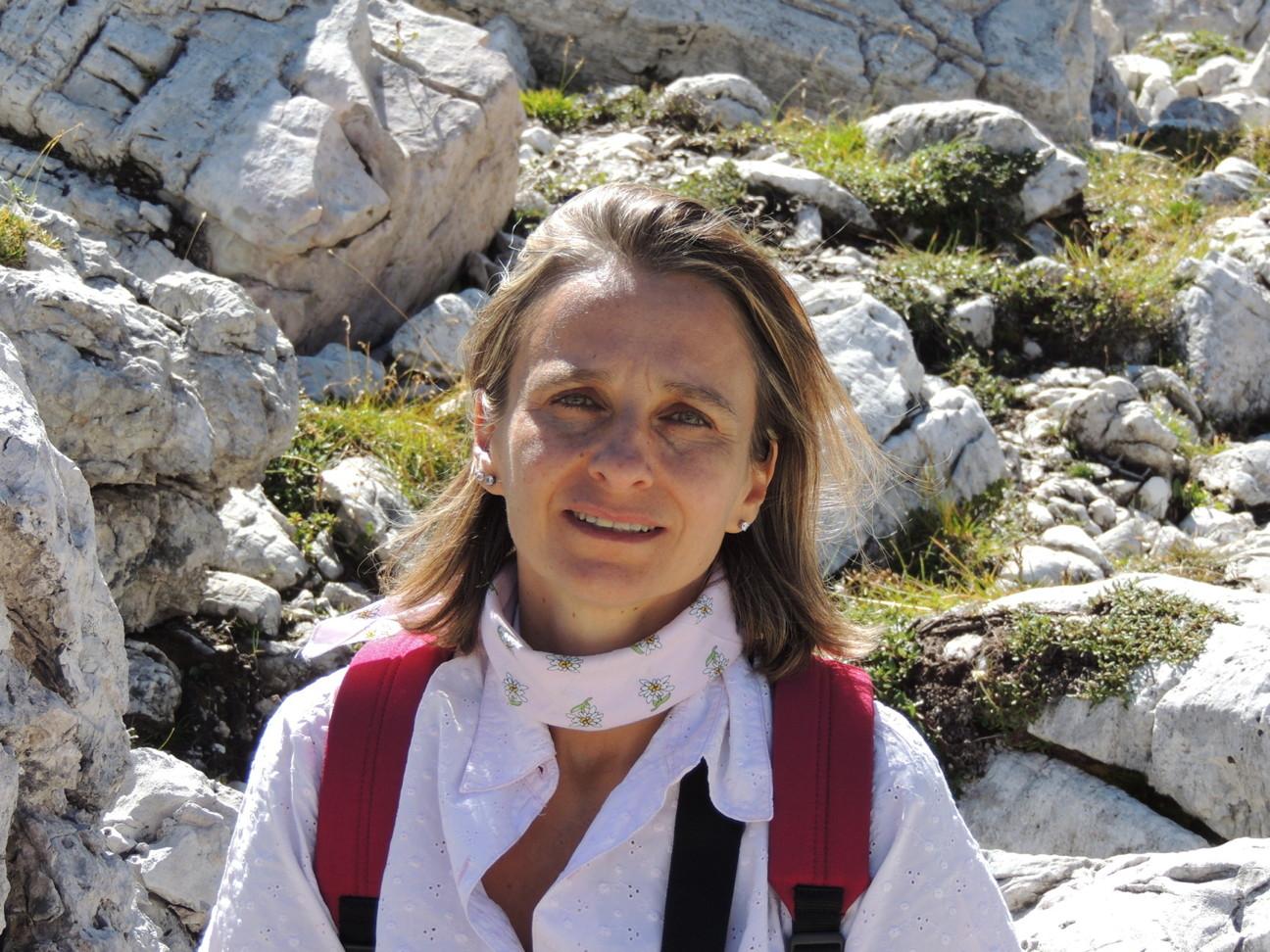
Flavia Lanzara, Rome University La Sapienza.
Approximation of multidimensional fractional Laplacian based on Gaussians
Abstract: In this talk we discuss approximation formulas for the fractional Laplacian (-\Delta)^{\alpha/2}, 0<\alpha<2, in the framework of the method approximate approximations. The fractional Laplacian appears in different fields of mathematics (PDE, harmonic analysis, semi-group theory, probabilistic theory) as well as in many applications (optimization, finance, materials science, water waves). If we introduce the convolution
N_\alpha(f)(x)=c_{n,\alpha} \int_{R^n} \frac{f(y)}{|x-y|^{n-2+\alpha}}dy, \quad c_{n,\alpha}=\frac{2^{\alpha-2}}{\pi^{n/2}}\frac{\Gamma(\frac{n-2+\alpha}{2})}{\Gamma(\frac{2-\alpha}{2})}, \quad (1)
then the fractional Laplacian can be represented as the ordinary Laplacian of the volume potential N_\alpha f,
(-\Delta)^{\alpha/2} f(x)=-\Delta N_\alpha(f)(x).\quad (2)
We propose a method of an arbitrary high order for the approximation of N_\alpha f and (-\Delta)^{\alpha/2}f, n\geq 3, which is based on the approximation of the function f via the basis functions introduced by approximate approximations, which are product of Gaussians and special polynomials. Then the n-dimensional integral (1) applied to the basis functions is represented by means of a one-dimensional integral where the integrand has a separated representation, i.e., it is a product of functions depending only on one of the variables.
This construction enables to obtain one-dimensional integral representations with separated integrand also for the fractional Laplacian (2), when applied to the basis functions. An accurate quadrature rule and a separated representation of the density f provide a separated representation for N_\alpha f and (-\Delta)^{\alpha/2} f. Thus, only one-dimensional operations are used and the resulting approximation procedure is fast and effective also in high-dimensional cases, and provides approximations of high order, up to a small saturation error. We prove error estimates and report on numerical results illustrating that our formulas are accurate and provide the predicted convergence rate 2,4,6,8.
This is a joint work with Vladimir Mazya (Linkoeping University, Sweden) and Gunther Schmidt (Wias, Berlin, Germany).
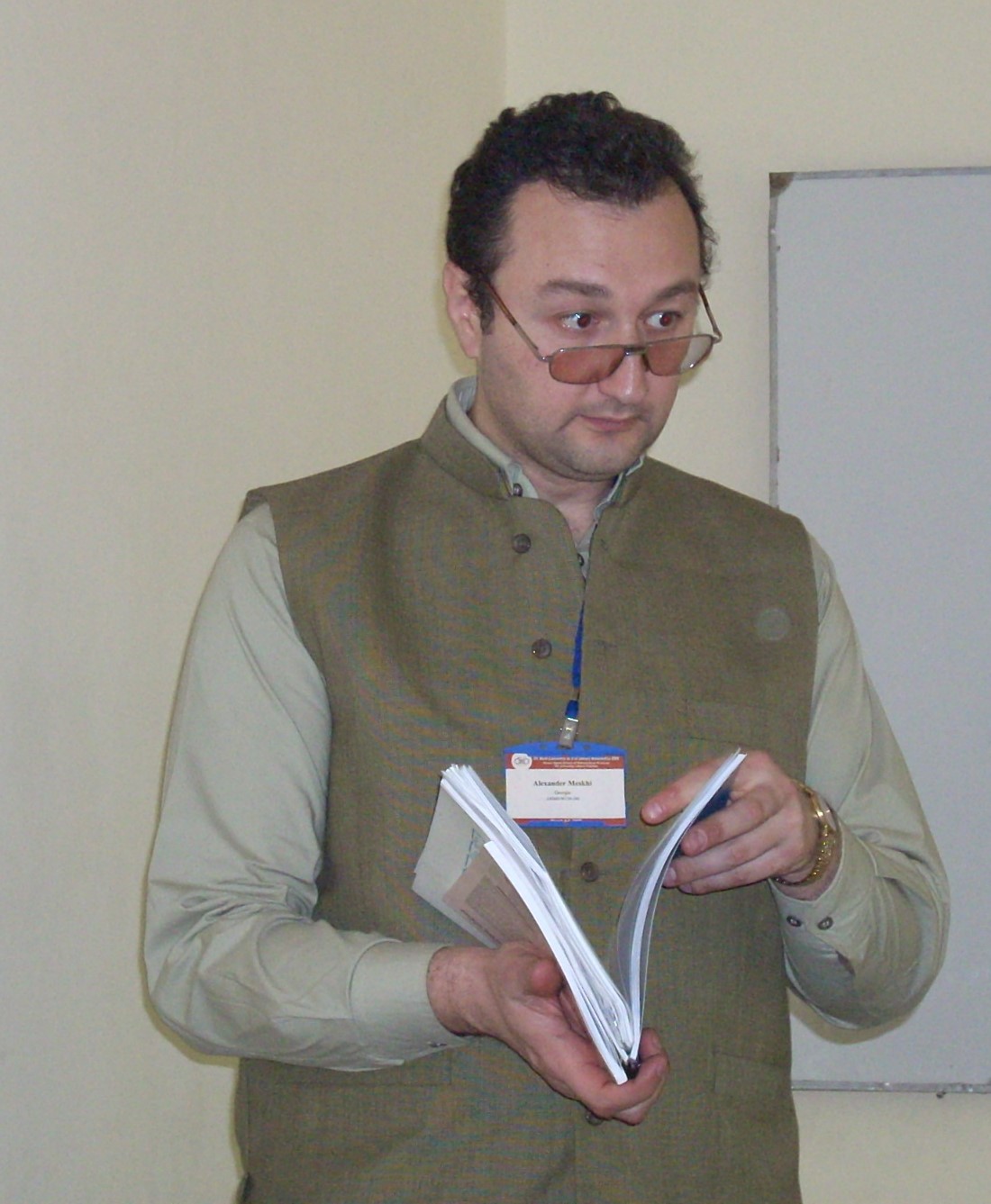
Alexander Meskhi, TSU A. Razmadze Mathematical Institute and Kutaisi International University.
Duality, interpolation and extrapolation for weighted grand Morrey spaces
Abstract: Complex interpolation and duality problems for two-weighted grand Morrey spaces are studied. The derived interpolation statements are applied to obtain appropriate boundedness of linear operators of Harmonic Analysis in the aforementioned spaces with Muckenhoupt A_p weights. Further, Rubio de Francia's extrapolation theorem for new weighted grand Morrey spaces M^{p),\lambda,\theta}_w(X) with weights w beyond the Muckenhoupt A_p classes is established. This result, in particular, implies the one-weight inequality for operators of Harmonic Analysis in these spaces for appropriate weights.
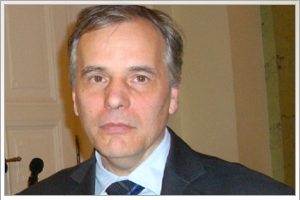
Vladimir Mityushev, Cracow University of Technology.
Effective Properties of Dispersed Regular and Random Composites
Abstract: The study of structurally disordered dispersed patterns and the hidden relationships between the geometric random characteristics of composites and their physical properties is a common focus in various branches of mechanics, mathematics, and physics. Our objective is to address the challenge of providing a constructive quantitative description of the chaos/regularity exhibited by composites. We specifically investigate the macroscopic properties of dispersed regular and random composites with a qualitative analysis of the degree of randomness, anisotropy, and clustering. Our analytical theory of Representative Volume Element (RVE) based on the Riemann-Hilbert problem for a multiply connected domain enables us to investigate random media precisely.
The notion of dispersed random composites is frequently oversimplified in engineering studies. Some engineers take a picture of a “random composite” from their mind, perform computations with the prescribed physical constants and say that the deal is done. However, various random structures need advanced analysis based on the vast number of observations and computational experiments. The simulation of a class of random composites requires the rules fulfilled for the random number simulation in the comprehensive content of random geometrical objects.
We propose the computationally effective method of structural sums coinciding with the lattice sums for regular composites. In particular, the results yield new high-order analytical exact and asymptotic justified formulas for the effective conductivity and elasticity tensors of dispersed composites with isotropic phases. We introduce and justify quantitative characteristics of randomness, clustering, degree of anisotropy for random composites, degree of interaction of two different components, etc.
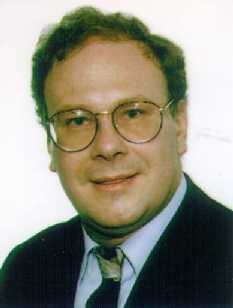
Wolfgang H. Müller, Technische Universität Berlin.
Electrodynamics and Rational Mechanics
Abstract: This paper wants to draw attention to several issues in electrodynamic field theory of materials and to make way for a rational continuum approach to the subject. To this end the history of Maxwell's equations will be studied to find that, in the end, the starting point are the balances for magnetic flux and electric charge, both in a very general formulation for volumes and for open surfaces, all of which can deform and be immaterial or material. The spatial point-of-view for the description of fields is favored and its advantages in comparison to the concept of material particles is explained. A straightforward answer to the question of how to choose units for the electromagnetic fields most suitably is also presented. The transformation properties of the electromagnetic fields are addressed by rewriting the balances in space-time notation. Special attention is paid to the connection between the two sets of electromagnetic fields through the so-called Maxwell-Lorentz-æther relations. The paper ends with an outlook into constitutive theory of matter under the influence of electromagnetic fields and a discussion on curious developments in context with Maxwell's equations.
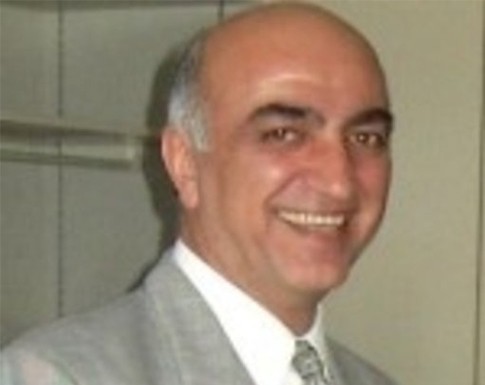
David Natroshvili, TSU I.Vekua Institute of Applied mathematics and Georgian Technical University.
Application of the potential method in the theory of elasticity
Abstract: The presentation is devoted to the application of the potential and integral equations methods to the basic and mixed three-dimensional boundary value and boundary-transmission problems of the theory of elasticity. The main goals of the talk are an overview of the results obtained by representatives of the Georgian Mathematical School in the second part of the last century and new developments and extensions of the method to refined mathematical models of solid mechanics taking into account thermal and electro-magnetic physical fields. We treat problems of statics, steady state elastic oscillations and general dynamics for isotropic and anisotropic elastic solids.
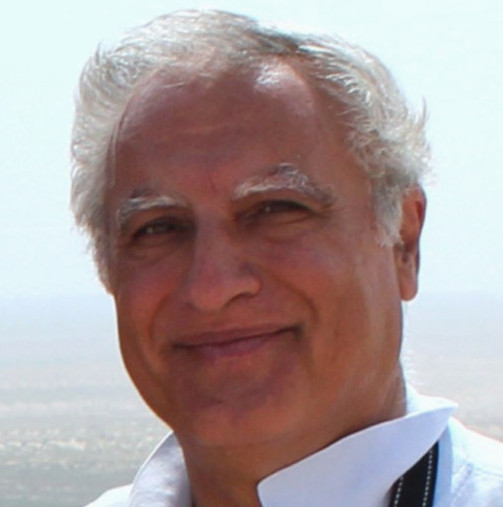
Paolo Emilio Ricci, UniNettuno Telematic University.
Analytic solution to functional differential equationsvia Bell's polynomials
Abstract: Bell's polynomials have been already used in many different fields, ranging from number to operator theory.
These particular polynomials, having combinatorial character by their connection with partitions of integers via Fadi Bruno's formula, have applications in even seemingly distant fields, as:
- the Blissard problem,
- the representation of Lucas polynomials of the first or second kind in two variables,
- the construction of representation formulas for symmetric functions of a sequence of numbers,thus generalizing the classical Newton-Girard formulas,
- the approximation of the Laplace transforms of composed function.
Bivariate and higher order multi-variate Bell's polynomials are applied in this presentation in order to construct approximate solutions to nonlinear functional equations.
All the numerical results have been obtained using the computer algebra program Mathematica.
George Jaiani (I. Javakhishvili Tbilisi State University, Georgia). On fluids in angular pipes and wedge-shaped canals
Abstract. In the zero approximation of hierarchical models for fluids the full accordance is shown of peculiarities of setting the Dirichlet and Keldysh type boundary conditions by motion of the fluids in pipes of angular cross-sections with the results of experiments carried out by J. Nikuradze in L. Prandtl’s Laboratory at University of Göttingen.
- Jeffery-Hamel flow is the flow between two planes that meet at an angle was analyzed by Jeffery (1915) and Hamel (1916).
- We consider the flow between two surfaces that meet at the edge a dihedral (angle), whose sides are the tangents of the surfaces at the edge of dihedral.
Giorgi Buzghulashvili, Tamaz Vashakmadze (I. Javakhishvili Tbilisi State University, Georgia). To the Approximate Solution of Boundary Value Problems for Ordinary Differential Equation
Abstract. We construct numerical schemes for the generalized solutions of boundary value problems for ordinary differential equations of the second-order and by the iterative process find the corresponding solution. We also consider the problem of solving the same boundary value problems when the right-hand side of the equation represents oscillatory functions. In this case, usually, the iteration process presents non-stable behavior. In the present talk we show how these difficulties could be overcomed.
George Rukhaia, Teimuraz Davitashvili (I.Vekua Institute of Applied Mathematics of I. Javakhishvili Tbilisi State University, Georgia). Exploring the Possibilities of Using Renewable Energy in Georgia in the Context of Climate Change Issues
Abstract. The territory of Georgia is rich in solar, wind, hydro, tidal, geothermal and biomass renewable energy sources (can be used for electricity generation, space heating and cooling and water, and for transport), but at present Georgia properly uses only hydro energy. In the context of current regional climate change challenges, Georgia needs cleaner energy from sources that naturally replenish rather than deplete. Wind, thermal and hydrogen energy are among the possible solutions as they are currently considered one of the most promising fuels of the future. In this article, based on a three-dimensional hydrostatic mesoscale model, an air flow over the complex relief of the South Caucasus (Georgia) is studied. Numerical experiments have shown a strong influence of the orographic effects of the Caucasus (the Likhi Ridge) on the movement of air in the troposphere. Besides, the study of the wind regime and statistical characteristics of the Kolkhinsky region for the period 1960-2021 showed that the wind speeds were significant and important for the development of wind farms in Western Georgia.
This study discusses also one mathematical model that describes the flow of a mixture of natural gas and hydrogen substances in a pipeline. The distribution of pressure and gas flow through a branched gas pipeline has been studied. In addition, ways to reduce transportation costs are being studied, that is, the economic aspect of various methods of transporting hydrogen using hydrogen gas trailers, liquid hydrogen tanks and hydrogen pipelines of various technical levels is being studied.
Zurab Vashakidze (University of Georgia, Georgia), Jemal Rogava (I. Javakhishvili Tbilisi State University, Georgia). On Convergence of a Three-Layer Semi-Discrete Scheme for the Nonlinear Dynamic String Equation of Kirchhoff-Type with Time-Dependent Coefficients
Abstract. In this talk, we shall investigate an initial-boundary value problem associated with the Kirchhoff-type nonlinear dynamic string equation featuring time-varying coefficients. Our objective is to devise a temporal discretization algorithm capable of approximating the solution to the initial-boundary value problem. To accomplish this, we employ a symmetric three-layer semi-discrete scheme with respect to the temporal variable, where the nonlinear term is evaluated at the midpoint node. This approach facilitates the computation of numerical solutions at each temporal step by inverting linear operators, resulting in a system of second-order linear ordinary differential equations. We have established the local convergence of the proposed scheme, which reveals quadratic convergence with respect to the step size of the time discretization within the local temporal interval. Finally, we have conducted several numerical experiments using the proposed algorithm for various test problems, and the obtained numerical results are in accordance with the theoretical findings.
Natalia Chinchaladze (I. Javakhishvili Tbilisi State University, Georgia). Zero Approximation of Hierarchical Models for Fluids in Pipes of Angular Cross-Sections
Abstract. We investigate dynamical problem of zero approximation of hierarchical models for fluids. Applying the Laplace transform technique, we reduce the dynamical problem to the elliptic problem which depends on a complex parameter τ and prove the corresponding uniqueness and existence results. Further, we establish uniform estimates for solutions and their partial derivatives with respect to the parameter τ at infinity and via the inverse Laplace transform show that the original dynamical problem is uniquely solvable.

